The trend of vertical integration in the supply chain, where carriers and shippers aim to centralize control by eliminating the forwarder, may not be the optimal solution for intermodal transport, according to discussions at the recent World Cargo Summit in Bruges.
Philippe Beaujean, international business development advisor at the Port of Antwerp-Bruges, highlighted the challenge of integration within multimodal shipping, noting the lack of cooperation between stakeholders across different transportation modes. He explained that while some carriers, such as MSC, are successfully running their own trains, barges, and airplanes, pursuing full integration may not be beneficial for the multimodal sector. He pointed out that attempting to centralize operations around carrier haulage could limit the flexibility needed for effective multimodal solutions.
Peter Roberts, freight commercial strategy director at Eurotunnel, added that while creating seamless flows is achievable when stakeholders align their data and processes, it becomes more challenging when attempting to implement new approaches. He emphasized that successful multimodal solutions require significant volumes of goods and the ability to integrate competitors into the system, which vertical integration may hinder.
In addition to carriers, other players in the logistics space, such as terminal operators and shippers, are also engaging in vertical integration. Beaujean mentioned that companies like DP World and DSV are acquiring assets, and large shippers are considering independent operations, which could affect long-term customer relationships in the industry.
Beaujean cited the example of Chinese car manufacturer BYD, which has made significant investments in pure car and truck carriers, signaling a potential shift in future customer dynamics.
Despite these developments, Roberts acknowledged the strong collaboration occurring within the airline industry, where airlines work with other modes of transport to provide seamless end-to-end solutions. He also highlighted the untapped potential for multimodal transport, particularly within Europe’s underutilized rail infrastructure.
Roberts concluded that while progress is being made, continued collaboration across all sectors, including government support, is key to realizing the full potential of multimodal transport.
Get the latest supply chain report news at The Supply Chain Report. Learn more about international trade with tools from ADAMftd.com.
#VerticalIntegration #MultimodalTransport #LogisticsChallenges #IntermodalSolutions #SupplyChainInnovation

















